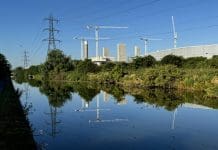Plans to deliver three new buildings at Sheffield Hallam University’s city campus have been given the go-ahead by Sheffield City Council
The first phase of the Sheffield Hallam campus plan to build three new buildings around a public University Green was given the green light on 19 October.
The new buildings are planned on the site of the recently demolished Science Park and adjoining car park.
A new ‘University Green’ public space will see new trees planted, more than 400 sq m of new greenery and spaces for up to 150 people to sit and relax.
Designs include measures to make the new buildings zero carbon ready. They include the use of sustainable energy solutions such as heat pumps, maximising the use of photovoltaic panels and provisions to support and promote sustainable travel.
The campus plans have been developed alongside a number of key partners as part of the collaborative ‘Hallam Alliance’.
Members of the alliance include Sheffield Hallam University, BDP ARUP (design), BAM (construction) and CBRE (facilities management).
‘Combining development, design, construction and long-term thinking’
Richard Calvert, deputy vice-chancellor at Sheffield Hallam University, said: “We’re delighted that the council has approved the first phase of our campus plan.
“This development will play a major part in delivering on our ambitions as a university, including our contribution to the city and region as set out in our recently launched Civic University Agreement.
“These new facilities are designed to deliver significant benefits for our students, and to make Sheffield Hallam an even more attractive place to study and work, whilst also enhancing a key gateway to Sheffield City Centre.”
Paul Cleminson, pre-construction director at BAM, added: “We’ve handed over the Adsetts Library already, are making excellent progress with the new Atrium building, and this next phase is a major part of the Alliance’s objectives at the university’s campus.
“The emphasis on sustainability and green spaces is very significant. By combining development, design, construction and long-term thinking about how the buildings are operated, we are all making a big difference to the future of how the buildings are used for generations to come.”
Construction is due to begin in early 2022 and be completed in the second half of 2023.


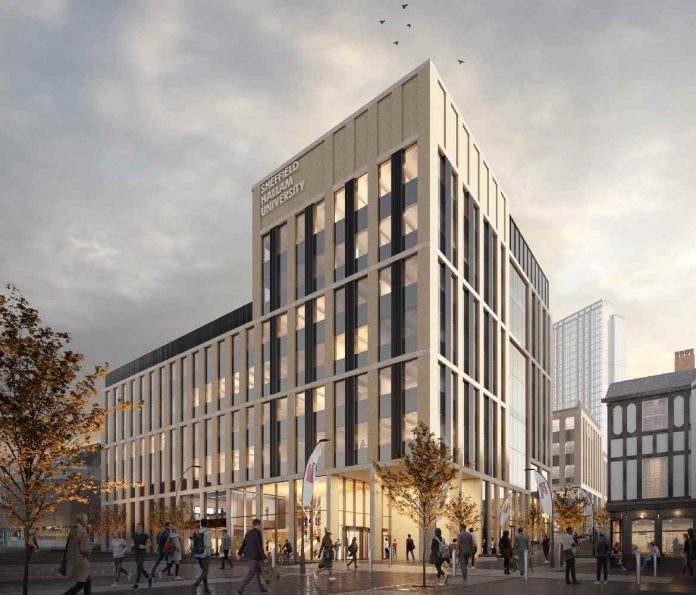

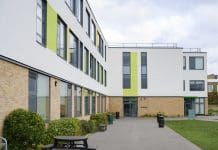

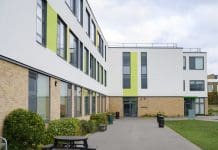


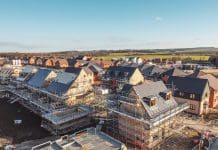

![[VIDEO] UK-based firm reveals ‘world’s first’ fully AI-driven architectural project Studio Tim Fu has revealed the 'world's first' fully AI-driven architectural project in Slovenia, developing six luxury villas on the Lake Bled Estate](https://www.pbctoday.co.uk/news/wp-content/uploads/2025/03/Interior-1-studio-tim-fu-218x150.gif)

